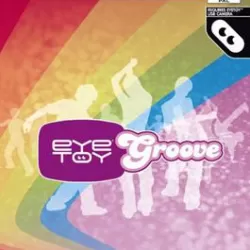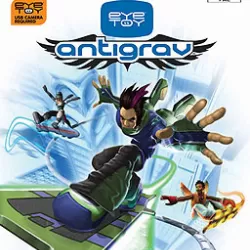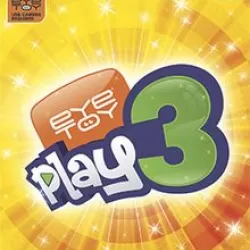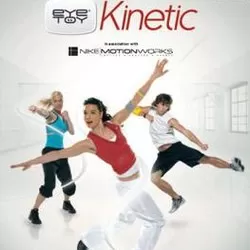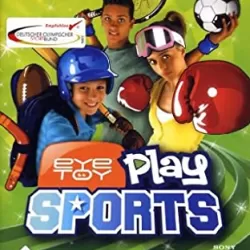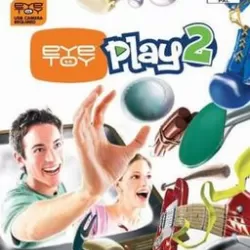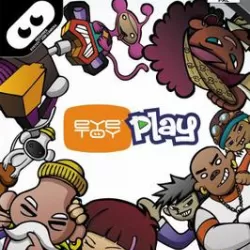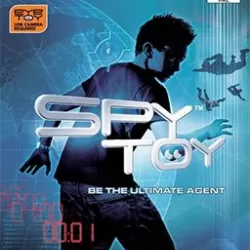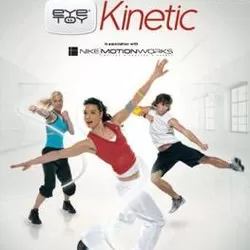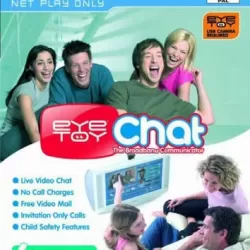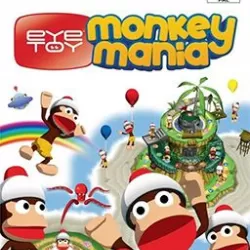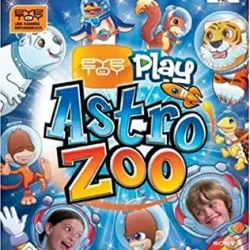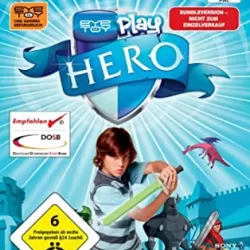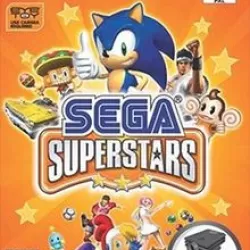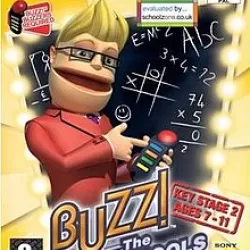EyeToy: Groove
Details: Computer game
Descr: EyeToy: Groove is a dancing game developed by London Studio and published by Sony Computer Entertainment. It was released on November 14, 2003 in Europe, on April 20, 2004 in North America, and on June 24, 2004 in Japan as EyeToy: FuriFuri Dance Tengoku. Wikipedia
Initial Release Date: November 14, 2003
Developer: London Studio
Publisher: Sony Interactive Entertainment
Platform: PlayStation 2
Genres: Action game, Musical Game
Nominations: BAFTA Games Award for Children's Game
Descr: EyeToy: Groove is a dancing game developed by London Studio and published by Sony Computer Entertainment. It was released on November 14, 2003 in Europe, on April 20, 2004 in North America, and on June 24, 2004 in Japan as EyeToy: FuriFuri Dance Tengoku. Wikipedia
Initial Release Date: November 14, 2003
Developer: London Studio
Publisher: Sony Interactive Entertainment
Platform: PlayStation 2
Genres: Action game, Musical Game
Nominations: BAFTA Games Award for Children's Game
